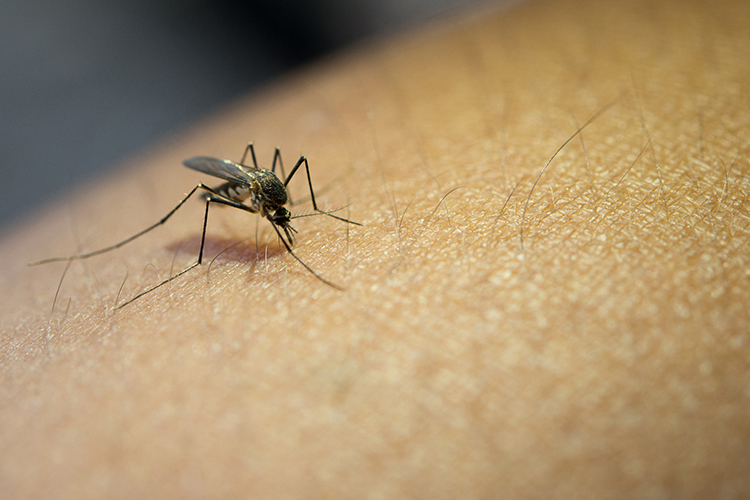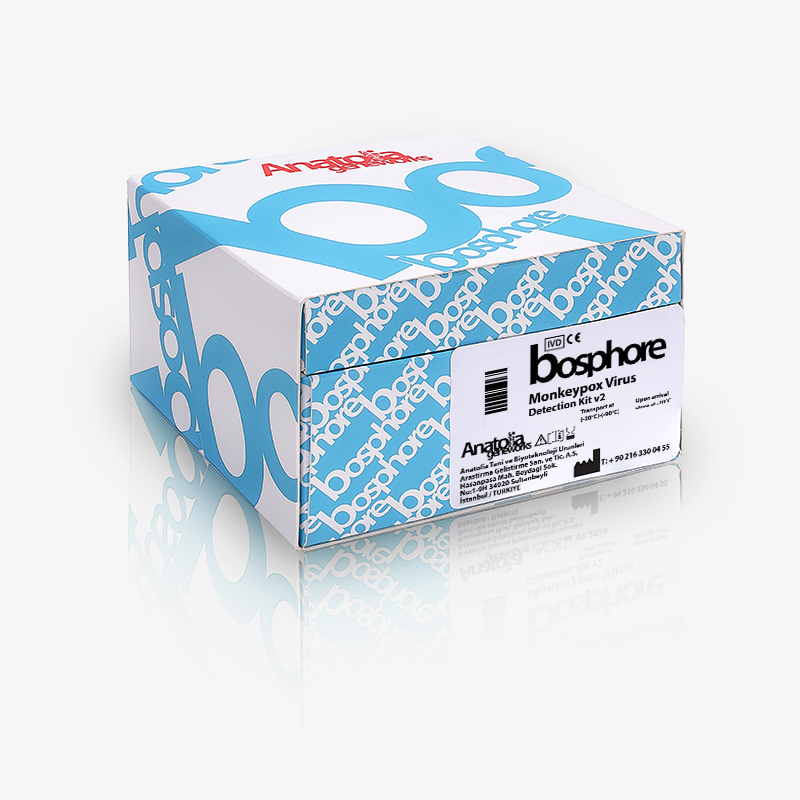West Nile virus, first identified in Uganda in 1937, is an arbovirus infection that continues to spread worldwide over the years. Mostly transmitted by the bites of Culex mosquitoes, the disease often spreads between June and September. The reason for the rapid spread of the disease worldwide is that mosquitoes carrying the virus infect different poultry species by biting them. Infected birds flying long distances play an active role in the spread of the disease between continents. The infection, which affects public health, is seen seasonally in any country, especially in areas located on the migration routes of birds.
West Nile virus is from the family Flaviviridae that can easily infect many mammalian species as well as humans. The virus has neurotropic properties, which means it can cause many neurological diseases such as meningitis, encephalitis, and ataxia by affecting the central nervous system of humans. The disease, accompanied by many symptoms such as high fever, numbness, headache, confusion, diarrhea, and gastrointestinal symptoms, can be fatal in some cases.




